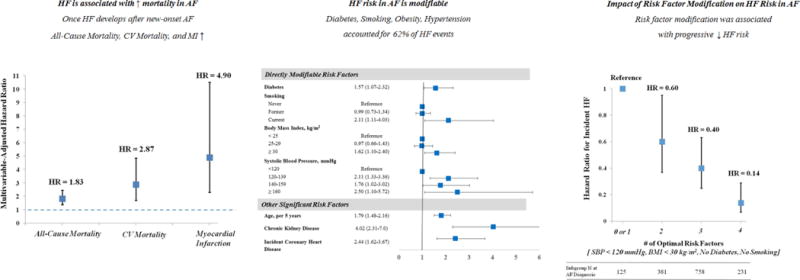Figure 1. Heart Failure Risk in Atrial Fibrillation – Impact of Risk Factor Modification.

This study estimated the influence of risk factor modification on HF risk in women with new-onset AF. In women with new-onset AF, the onset of HF was associated with significant increases in mortality (all-cause, cardiovascular) and morbidity (myocardial infarction) (Left Panel). Risk factors for incident HF in women with new-onset AF included directly modifiable factors (obesity, hypertension, smoking, diabetes) as well as other significant risk factors (age, chronic kidney disease, incident coronary heart disease [myocardial infarction, revascularization]). All 4 directly modifiable risk factors accounted for 62% of the population attributable fraction of HF in the cohort (Middle Panel). Compared to women with the least favorable risk factor profile (3-4 modifiable risk factors), women who maintained or achieved more favorable risk factor profiles after new-onset AF were at progressively lower risk of incident HF (Right Panel).
